
How to Use 12V 200Ah Battery: Examples, Pinouts, and Specs
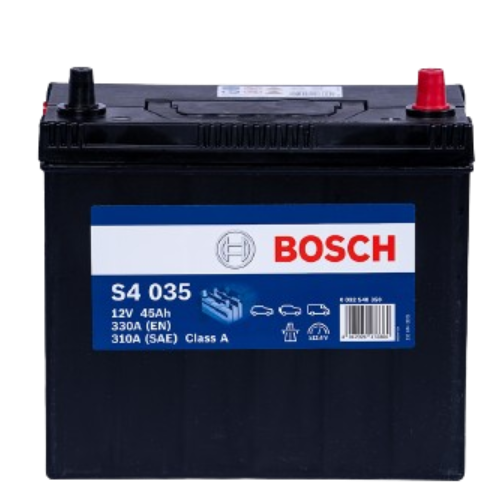
 Design with 12V 200Ah Battery in Cirkit Designer
Design with 12V 200Ah Battery in Cirkit DesignerIntroduction
The 12V 200Ah rechargeable battery is a high-capacity energy storage solution designed to provide a steady voltage of 12 volts with a substantial capacity of 200 ampere-hours (Ah). This type of battery is commonly used in applications such as solar power systems, uninterruptible power supplies (UPS), recreational vehicles (RVs), marine equipment, and other systems that require a reliable and long-lasting power source.
Explore Projects Built with 12V 200Ah Battery
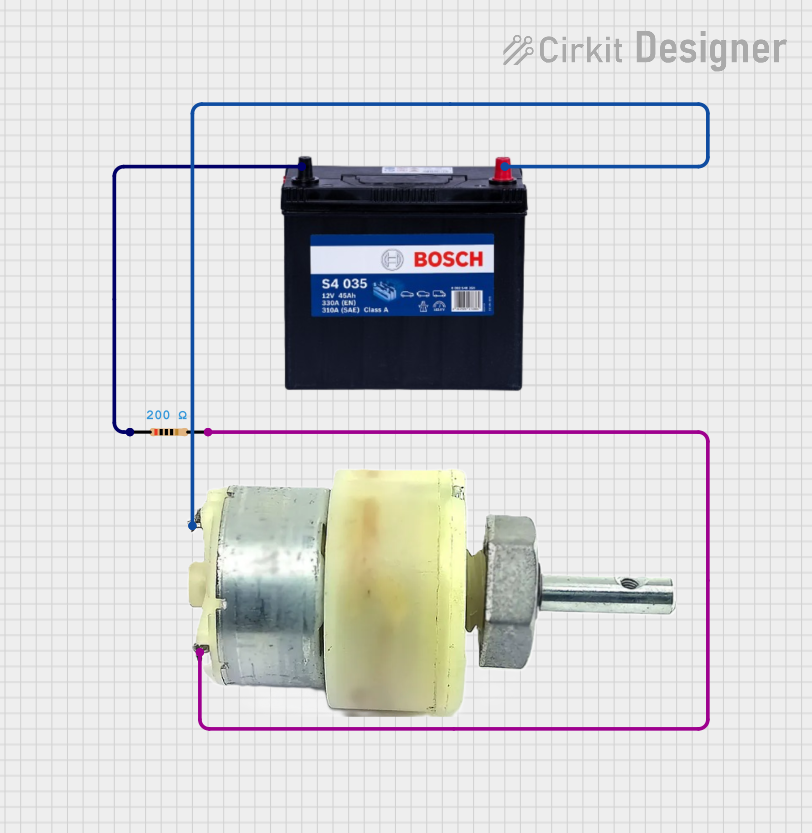
 Open Project in Cirkit Designer
Open Project in Cirkit Designer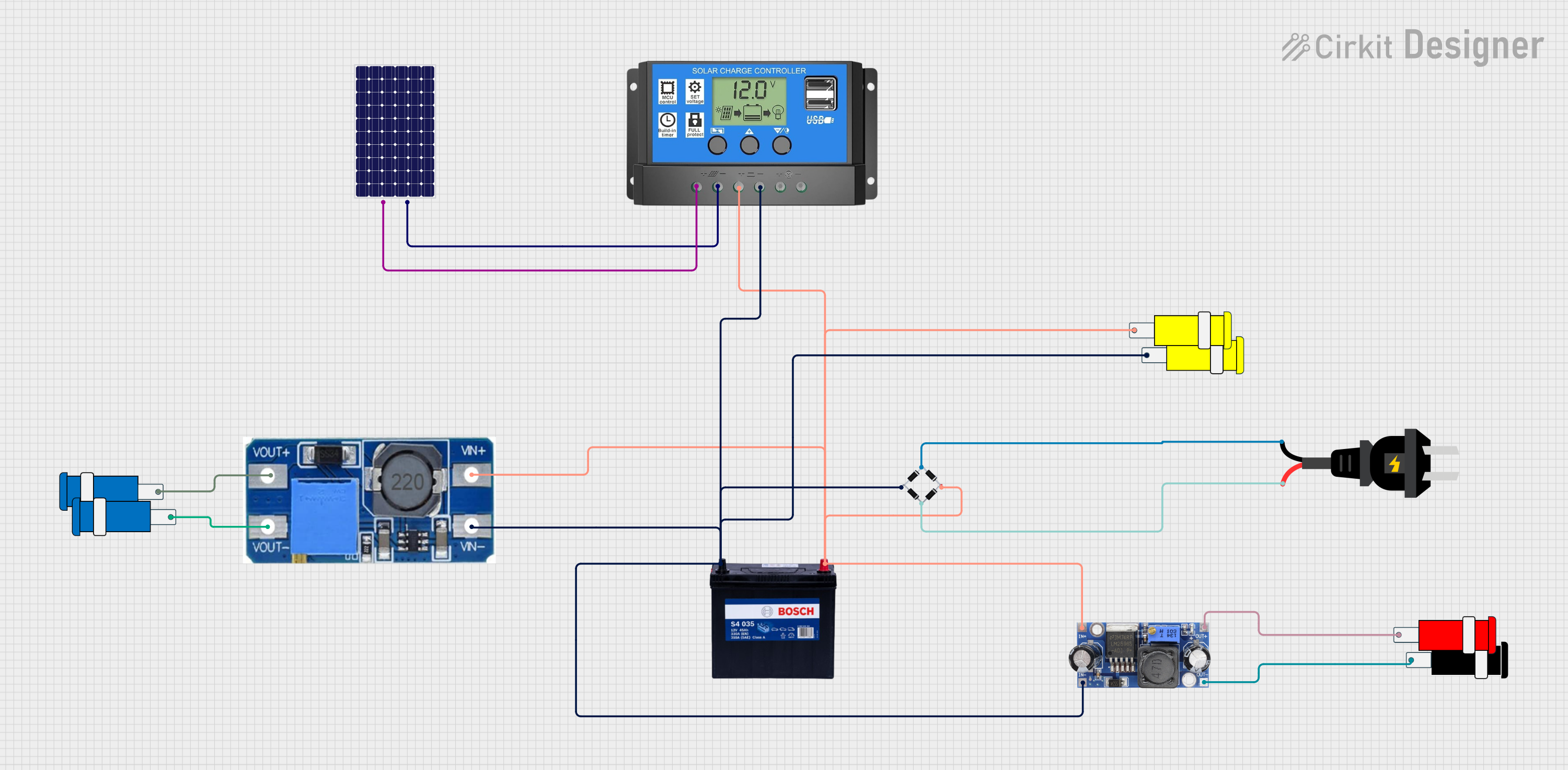
 Open Project in Cirkit Designer
Open Project in Cirkit Designer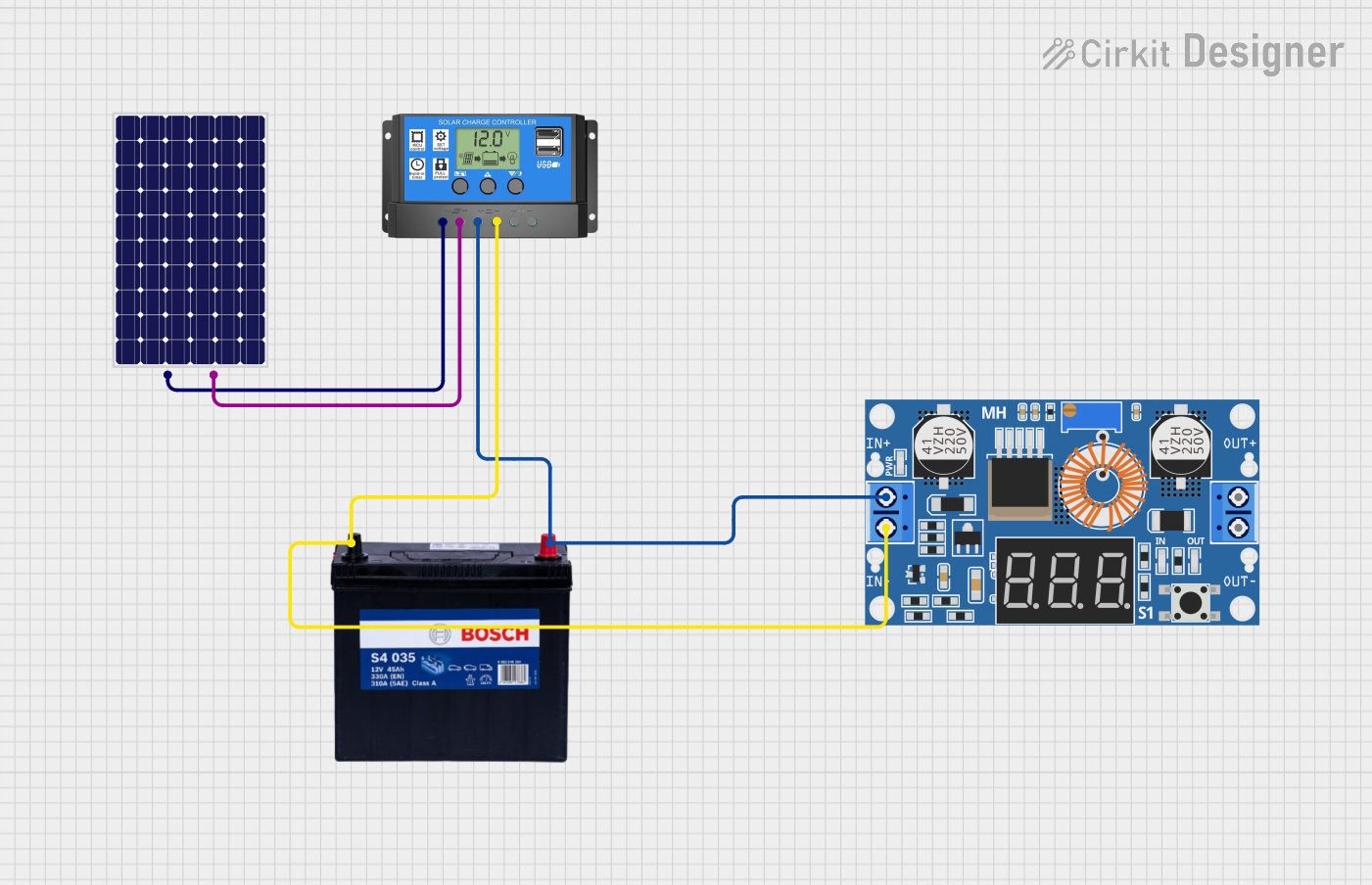
 Open Project in Cirkit Designer
Open Project in Cirkit Designer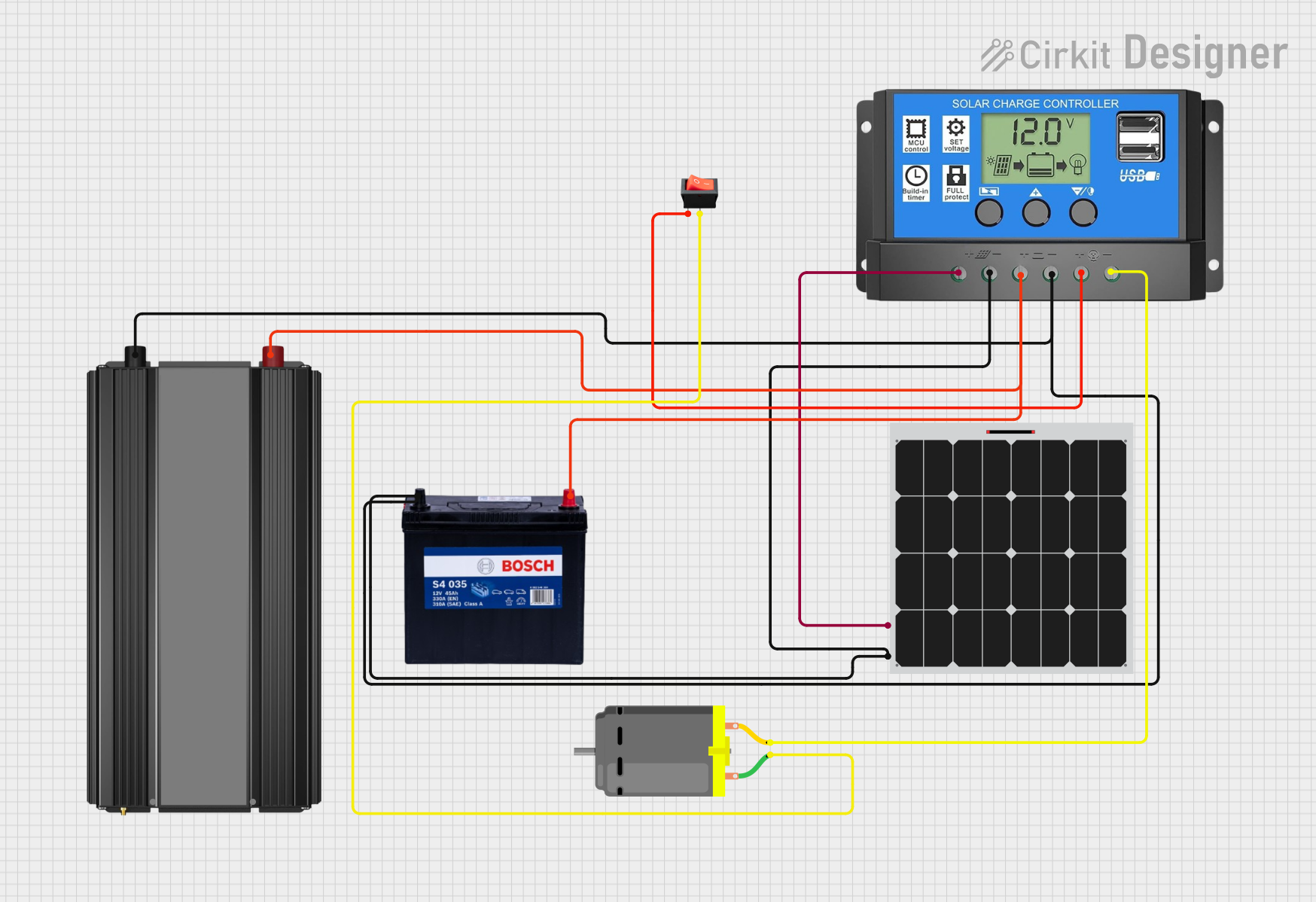
 Open Project in Cirkit Designer
Open Project in Cirkit DesignerExplore Projects Built with 12V 200Ah Battery

 Open Project in Cirkit Designer
Open Project in Cirkit Designer
 Open Project in Cirkit Designer
Open Project in Cirkit Designer
 Open Project in Cirkit Designer
Open Project in Cirkit Designer
 Open Project in Cirkit Designer
Open Project in Cirkit DesignerTechnical Specifications
General Characteristics
- Nominal Voltage: 12V
- Rated Capacity: 200Ah
- Type: Rechargeable (Lead-Acid, AGM, Gel, or Lithium-based, depending on the specific model)
- Cycle Life: Varies by technology and use (typically hundreds to thousands of cycles)
- Operating Temperature Range: Varies by technology (e.g., -20°C to 60°C for AGM batteries)
Electrical Characteristics
- Maximum Charging Voltage: Typically 14.4V to 14.7V
- Float Charging Voltage: Typically 13.6V to 13.8V
- Maximum Discharge Current: Varies by model (e.g., 1000A for 5 seconds)
- Self-Discharge Rate: Varies by technology (e.g., 1-3% per month for AGM batteries)
Physical Characteristics
- Dimensions: Varies by model (e.g., 522mm x 240mm x 219mm)
- Weight: Varies by model (e.g., approximately 60 kg)
- Terminal Type: Varies by model (e.g., M8 bolt and nut, automotive post, etc.)
Usage Instructions
Integration into a Circuit
- Initial Inspection: Before using the battery, inspect it for any physical damage or defects.
- Charging: Ensure the battery is fully charged before use. Use a compatible charger and follow the manufacturer's charging guidelines.
- Connection: Connect the battery to your circuit or device, observing proper polarity (positive to positive, negative to negative).
- Load Management: Do not exceed the battery's maximum discharge current and ensure that the load does not drain the battery below its recommended depth of discharge.
Best Practices
- Charging: Use a smart charger that can automatically adjust the charging voltage and current.
- Maintenance: Regularly check the battery's state of charge and keep the terminals clean and tight.
- Storage: If storing for extended periods, charge the battery periodically to prevent deep discharge.
- Safety: Always install the battery in a well-ventilated area and follow all safety precautions outlined by the manufacturer.
Troubleshooting and FAQs
Common Issues
- Battery Won't Charge: Ensure the charger is functioning and compatible. Check for loose connections and inspect the battery for damage.
- Reduced Capacity: If the battery is not holding a charge as expected, it may be nearing the end of its life cycle or has been subjected to improper charging practices.
- Swelling or Leakage: This indicates a serious issue. Stop using the battery immediately and consult the manufacturer.
FAQs
Q: How often should I charge my 12V 200Ah battery? A: Charge the battery when the voltage drops below 12V or after significant use. For best results, do not let the battery remain in a discharged state for long periods.
Q: Can I use this battery in series or parallel? A: Yes, batteries can be connected in series to increase voltage or in parallel to increase capacity. Ensure all batteries are of the same type and age.
Q: What is the life expectancy of a 12V 200Ah battery? A: The life expectancy varies based on the technology (AGM, Gel, Lithium, etc.), usage patterns, and maintenance. Typically, you can expect several years of service.
Q: Is it safe to use this battery indoors? A: Lead-acid batteries can emit gases during charging, so they should be used in well-ventilated areas or outdoors. Other types like Gel or Lithium-based may be safer indoors but always follow manufacturer guidelines.
For specific code related to integrating a 12V 200Ah battery with an Arduino UNO or other microcontrollers, please note that direct connection is not advisable due to the voltage and current levels involved. Instead, use appropriate power management modules and consult their documentation for code examples.